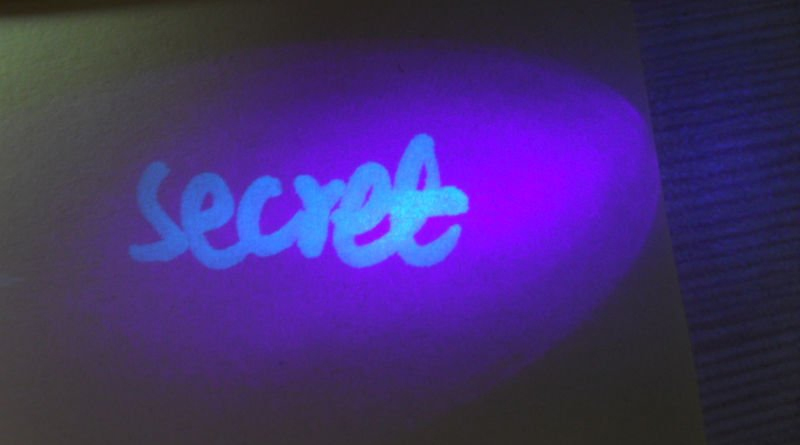
UV lights and UV paint in escape rooms
As an Amazon Associate I earn from qualifying purchases.
UV lights are one of the most common puzzles in escape games. You point the UV torch at the wall, and - whoa! Suddenly there's a message that wasn't there before. When I first encountered a UV light in an escape room, I started screaming, "SHINE IT AT THE WALLS! SHINE IT AT THE WALLS!" as if ghosts were coming out of them.
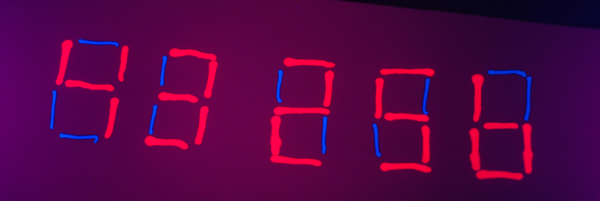
Are UV lights a good idea for escape games?
Every escape game I've seen has included a UV torch puzzle. With hindsight, this isn't surprising, because according to a survey by Scott Nicholson, light puzzles are the third most common puzzle type used by escape rooms (the first most common is "searching for objects", and the second most common is "team communication"). The survey also revealed that 54% of escape rooms use puzzles involving light.
This abudance of UV lights led Scott Nicholson to conclude that they have become an amusing trope:
A running joke used in adventure video games is "start to crate," which is how long a player must play a game before finding a breakable object. The equivalent running joke in escape rooms could be "time to blacklight", as many rooms turn to blacklights in order to add hidden information in a room.
Another escape room fan was more critical, saying:
They managed to include a lot of my least favourite escape room tropes - including tedious UV searching.
Another mistake game designers make is using UV lights when they don't fit the game's theme. This turns the lights into anachronisms and anatopisms (yes, that's a real word), jarring the player out of their suspended disbelief. At www.realityisagame.com, Adam Clare recalls an anachronistic UV light in an escape game:
One game I tested was set in the distant past yet used UV lights without shame. There was no thematic (or narrative) justification for the UV lights to exist and this discrepancy bothered the entire team I was with.
How to set up UV lights in an escape game
So you've decided to use a UV light in your escape game, and you probably want to know how they work. Basically, UV light (also known as the oxymoronic "black light") makes UV paint (also known as "black light paint") glow.
Some UV paints are invisible in daylight conditions. It's these paints that escape games use. The other UV paints are visible in all lights, which is pointless because then the secret message will always be visible.
When you paint invisible UV paint onto a surface, it goes on as a clear lacquer. This means it is only visible when lit with a UV light. This YouTube video provides an example:
UV paints also come in different colours. This means game designers can combine the UV light puzzle with a colour puzzle. The player shines the UV torch on an innocent-looking white wall to reveal: a red circle, a green triangle, and a blue square... what could it all mean?
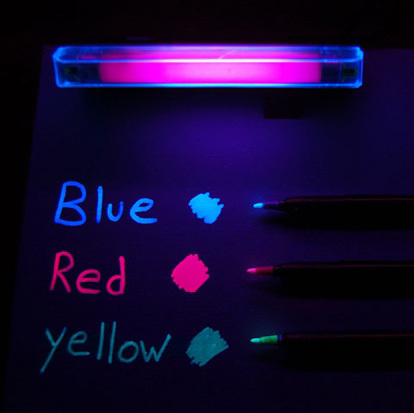
Escape game owners will also need to buy a UV torch (and a backup for when the first breaks).
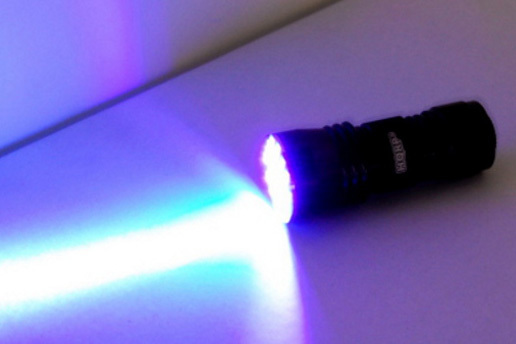
Note: Don't confuse blacklight paint with phosphorescent paint (also known as "glow-in-the dark paint"). Phosphorescent paint powered the stars you stuck to your childhood bedroom. It glows in the dark, but it's also visible in daylight.
Where can I buy UV torches and UV paint?
UV torches are cheap. Here's one on Amazon called the Vansky 51. The title of the listing says the torch can be used as a "pet urine detector" but there's nothing stopping you from using the torch for an escape room puzzle instead.
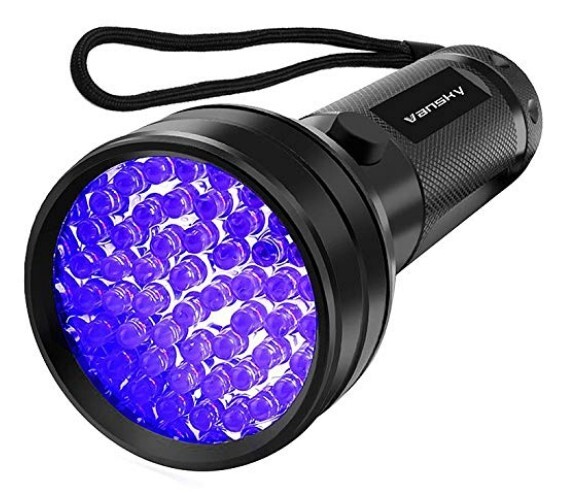
Amazon is also a good place to buy invisible UV paint.
More ideas
- Why not write all over the walls like a psychopath? Then reveal it like in The Simpsons' parody of The Shining.
- How about adding UV paint to unusual objects, like water in bottles?
- Or you could use a UV marker to write an a hidden message on a seemingly-innocent document.


Leave a comment